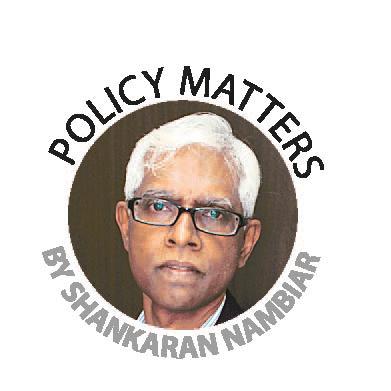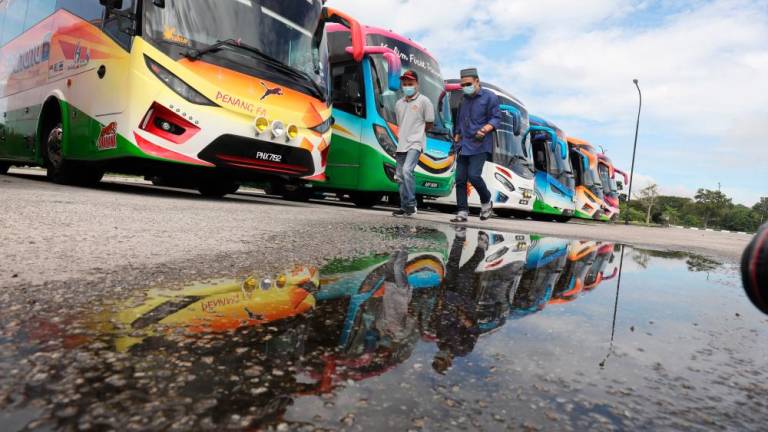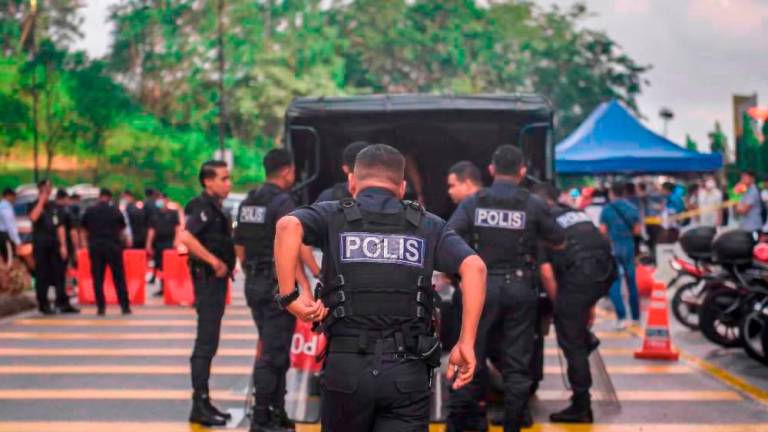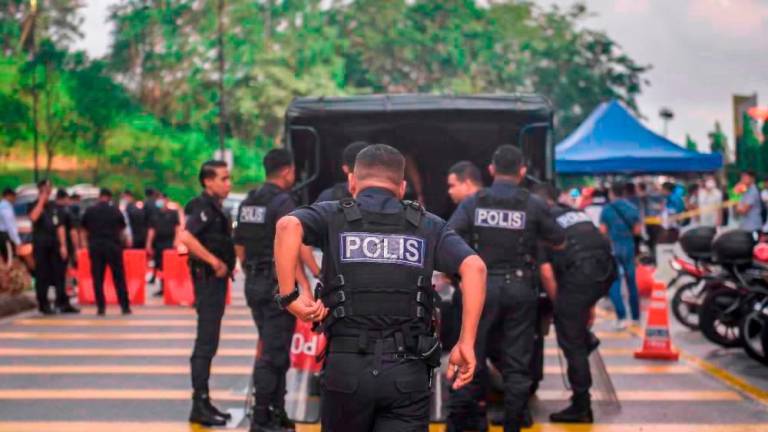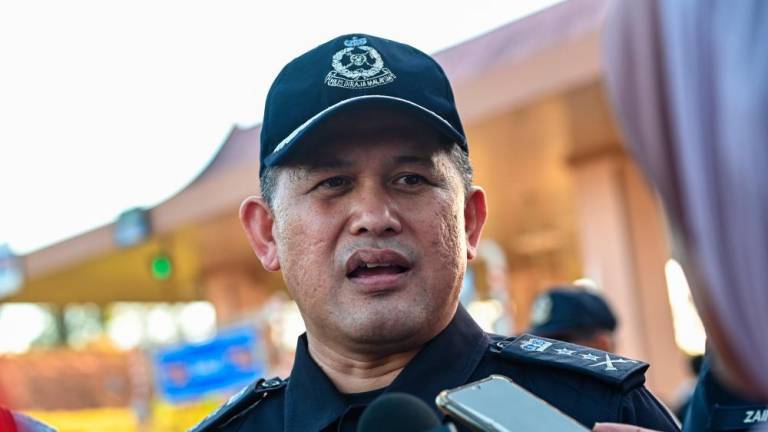BUDGET 2020 is abundantly cognisant of the fact that the next year could be a rocky one and prepares to brace the economy against downward risks.
The usual austerity that the finance minister, Lim Guan Eng, is known for has taken a break in this budget. In its place, one has a measure of government intervention and the extension of government expenditure.
The budget tries to put a little money into people’s pockets, to initiate or revive mega projects and to kick-start SMEs.
One of the other key features of the budget, in line with the prime minister’s Shared Prosperity Vision 2030, is the attempt to favour disadvantaged sections of the economy.
In terms of rectifying regional imbalances, the budget takes a second look at Sabah and Sarawak, providing allocations for special allowances to both states. Rural water projects and rural electrification have also received due attention.
Budget 2020 avoids being accused of being blind to inequality and of not trying to correct it. One way it hopes to do so is by spending RM24.2 billion on subsidies and social assistance that will be spread across the country, a large number of beneficiaries being bumiputra.
Other recipients slotted to receive payments include the Indian community, orang asli, senior citizens and the food bank programme. The Bantuan Sara Hidup, which will touch all ethnic communities, will be expanded to cover 1.1 million people.
A large part of SPV2030 was on encouraging bumiputra participation in the economy through the SME sector. The budget reflects this concern.
A sum of RM445 million will, consequently, be extended for bumiputra entrepreneur development by way of access to financing, provision of business premises and entrepreneurship training.
Government jobs worth RM1.3 billion have been reserved for bumiputra contractors.
Chinese and Indian entrepreneurs have not been excluded in the budget. The latter will receive RM20 million in loans, while the former will receive loans amounting to RM100 million.
Another significant feature of the budget is the attempt to encourage the economies of the future in their various forms. This is a step forward, with the finance minister casting his gaze at the future. Lim, one suspects, hopes to usher in a New Malaysia, a Malaysia that is technologically sophisticated and will, possibly, be the tech leader of the region.
The most impressive of these programmes is the National Fiberisation and Connectivity Plan that will involve a total investment of RM21.6 billion. A significant sum of RM250 million will be directed towards increasing connectivity and broadband access in the rural areas, particularly Sabah and Sarawak.
A RM50 million grant will be offered to develop the 5G ecosystem. A matching grant of RM25 million will be earmarked for digital projects, with a smaller amount that will go in MDEC’s way to encourage the production of digital content.
The list to create a vibrant digital economy extends from incentives to boost the use of e-wallets, to the setting up of one-stop digital improvement centres and includes training for micro-digital entrepreneurs.
The budget ties together several objectives. These include the attempt to withstand external shocks next year, an effort to spur entrepreneurship, incentives to push Malaysia into the digital generation and to win popular support.
Budget 2020 is forward looking, but it does not ignore distributional problems. This concern runs throughout the budget, paying special attention to the plight of the bumiputras, be it within the realm of entrepreneurship, education, and with respect to their participation in the agriculture sector.
The finance minister has tried to look ahead without ignoring political realities. But the best of intentions do have their gaps and cracks, a reality that besieges the cleverest of us.
Dr Shankaran Nambiar is a senior research fellow at the Malaysian Institute of Economic Research.




